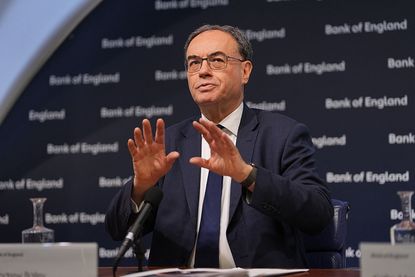UK Economy
The latest news, updates and opinions on UK Economy from the expert team here at MoneyWeek
Explore UK Economy
-

Key money dates for 2026
We run through the key dates and big money changes coming up in 2026 that could affect your financial health
By Sam Walker Last updated
-

Goodwin: A superlative British manufacturer to buy now
Veteran engineering group Goodwin has created a new profit engine. But following its tremendous run, can investors still afford the shares?
By Jamie Ward Published
-

Modern Monetary Theory and the return of magical thinking
The Modern Monetary Theory is back in fashion again. How worried should we be?
By Simon Wilson Published
-

UK inflation forecast: where are prices heading next?
UK inflation fell sharply in November. Will this drop be sustained, or should consumers brace for higher inflation readings in 2026?
By Daniel Hilton Last updated
-

The coming collapse in the jobs market
Opinion Once the Employment Bill becomes law, expect a full-scale collapse in hiring, says Matthew Lynn
By Matthew Lynn Published
Opinion -

UK interest rates: Bank of England lowers rates to 3.75%
The Bank of England’s Monetary Policy Committee (MPC) has cut interest rates from 4% to 3.75%
By Sam Walker Last updated
-

When is the next Bank of England base rate meeting?
The Bank of England cut interest rates to 3.75% in December 2025. When is the next Monetary Policy Committee meeting and will interest rates fall further in 2026?
By Daniel Hilton Last updated
-

Should you invest in UK stocks for 2026?
With UK interest rates and inflation falling, 2026 could be the year that UK stocks rebound
By Dan McEvoy Last updated
-

What is inflation and how does it affect you?
The latest inflation figure is released each month. What is inflation and how does it impact your personal finances?
By Ruth Emery Last updated
